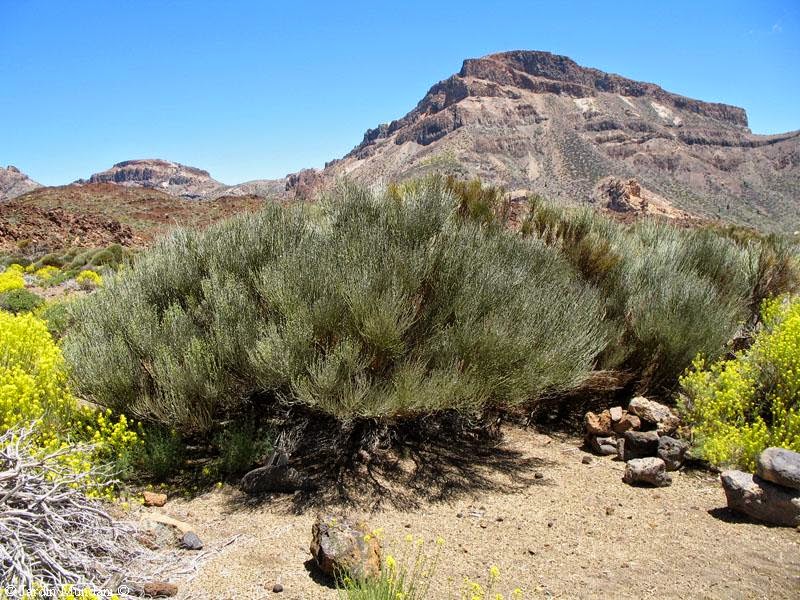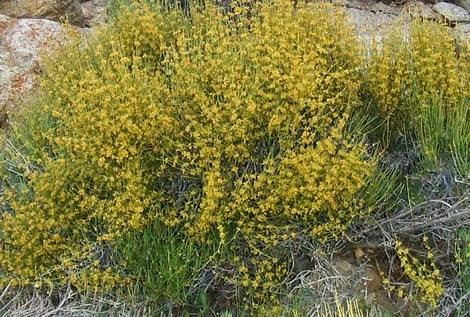 |
| Face Palm |
 |
| Teide Broom, Tenerife - (Spartocytisus supranbius) |
"A shrub, the stem of which contains ephedrine, which is a bronchodilator, diaphoretic, diuretic and vasoconstrictor; it is used to treat asthma, bronchitis, fever, fluid retention, hypotension, paraesthesias, to stimulate the central nervous system and to suppress the appetite."
 |
| Wiki-commons |
~~~~~~~~~~~~~~~~~~~~~~~~~~~~~~~~
 |
| image Bert Wilson: Green Mormon Tea (Ephedra viridis) |
~~~~~~~~~~~~~~~~~~~~~~~~~~~~~~~~~
 |
| image: Mundani Gardens - Teide Broom (Spartocytisus supranubius) |
Giant Ground Sloths dined on Mormon Tea
 |
| Photo by Leslie Shaw of Hi-Desert Star |
"The Joshua tree drew a record-setting crowd for the Morongo Basin Historical Society’s lecture series Jan. 14 at the Hi-Desert Nature Museum. Chris Clarke spoke about how the tree got its name, how it is distributed, its two varieties, its pests and enemies and hopes for its future."
 |
| Photo by Chip Clark |
~~~~~~~~~~~~~~~~~~~~~~~~~~~~~~~~
Some interesting as well as important links
The Biogeography of California Jointfir (Ephedra californica)
http://www.laspilitas.com/nature-of-california/plants/262--ephedra-californica
Chris Clarke: "On the Dry Side"
Some Caution
http://www.drugs.com/ephedrine.html
http://www.emedicinehealth.com/drug-ma_huang_ephedra/article_em.htm
